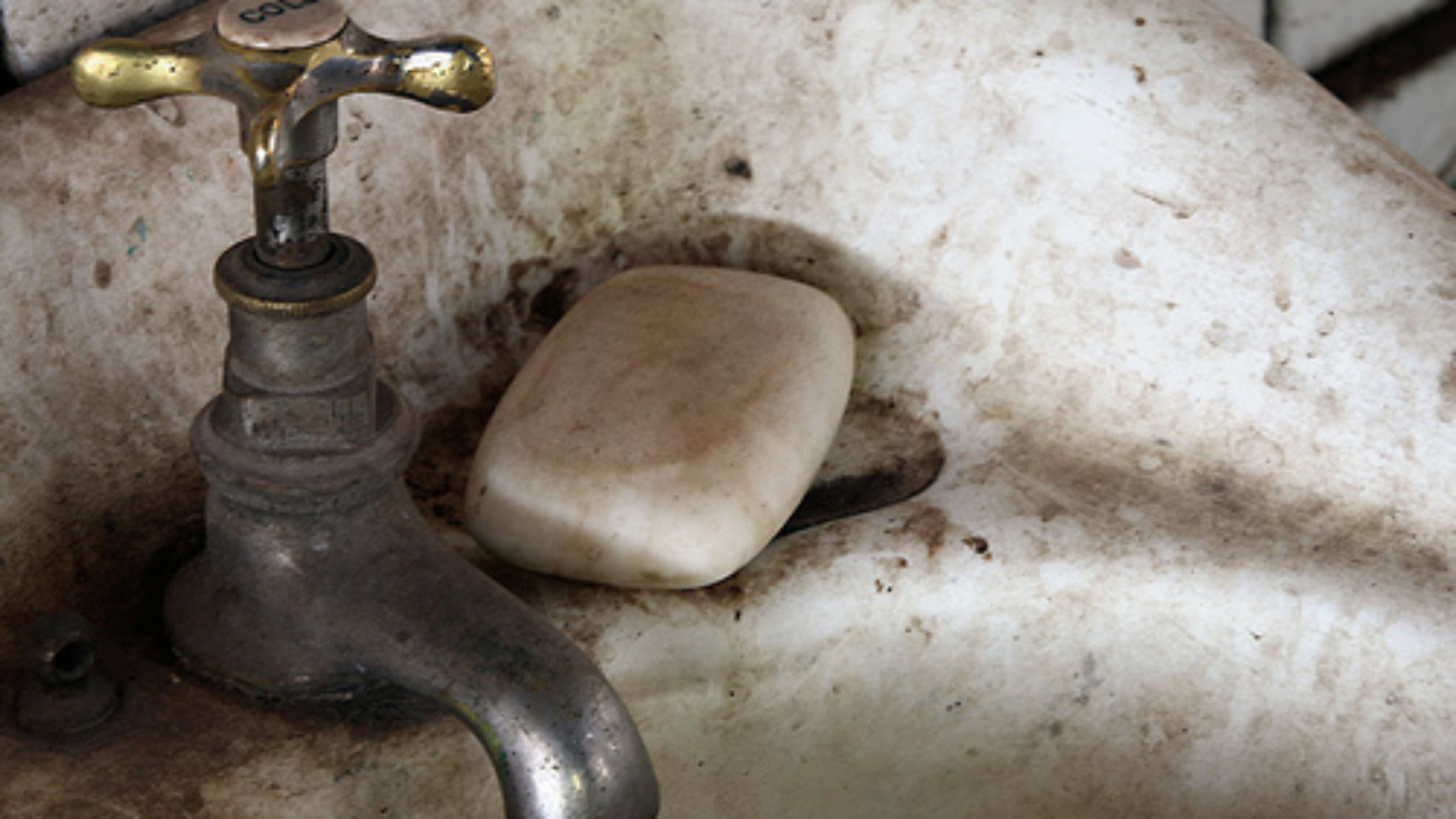While WPJ’s Summer issue investigates Ghana’s sanitation dilemma, the rest the continent, and the world, faces grave sanitation problems of its own. Fully one in six people worldwide do not have access to proper toilets, and many of Ghana’s neighbors are among the worst offenders: 64 percent of Burkina Faso and 60 percent Benin’s citizens have no access to lavatories, and even though those living in urban environments are far more likely to have bathrooms available to them, they tend to be shared facilities.
Other parts of Africa face particularly poor conditions, too. Eritrea may be the biggest disaster–only 15 percent of its citizens have access to toilets. Consequently, restrooms have created quite a divide between the fortunate few and the rest of the population.
The problem is not limited to the African continent. In fact, in terms of percentages, Southern Asia has the worst rating of any region, largely due to the fact that less than half of the Indian population has access to restrooms.
As Frankie Freeman discusses in her article, the consequences of inadequate sanitation are severe, including deaths caused by diarrhea and other bowel-related diseases. According to the World Health Organization, in Lesotho, a country where 40 percent of the population lack toilets, a staggering 16.2 percent of deaths are caused by diarrheal diseases.
Examining the broader numbers, it becomes apparent that sanitation issues are improving rather than deteriorating. Apart from a few outliers, most nations lowered the percentage of their population without bathroom-access between 1990 and 2008. Notably Angola, which 18 years ago provided restroom facilities to less than 40 percent of its population, has now increased access to 77 percent. The effect, as UNICEF noted in 2004, has important long-term developmental consequences.
–Seth Walder
photo by NathanaelB via Flickr
